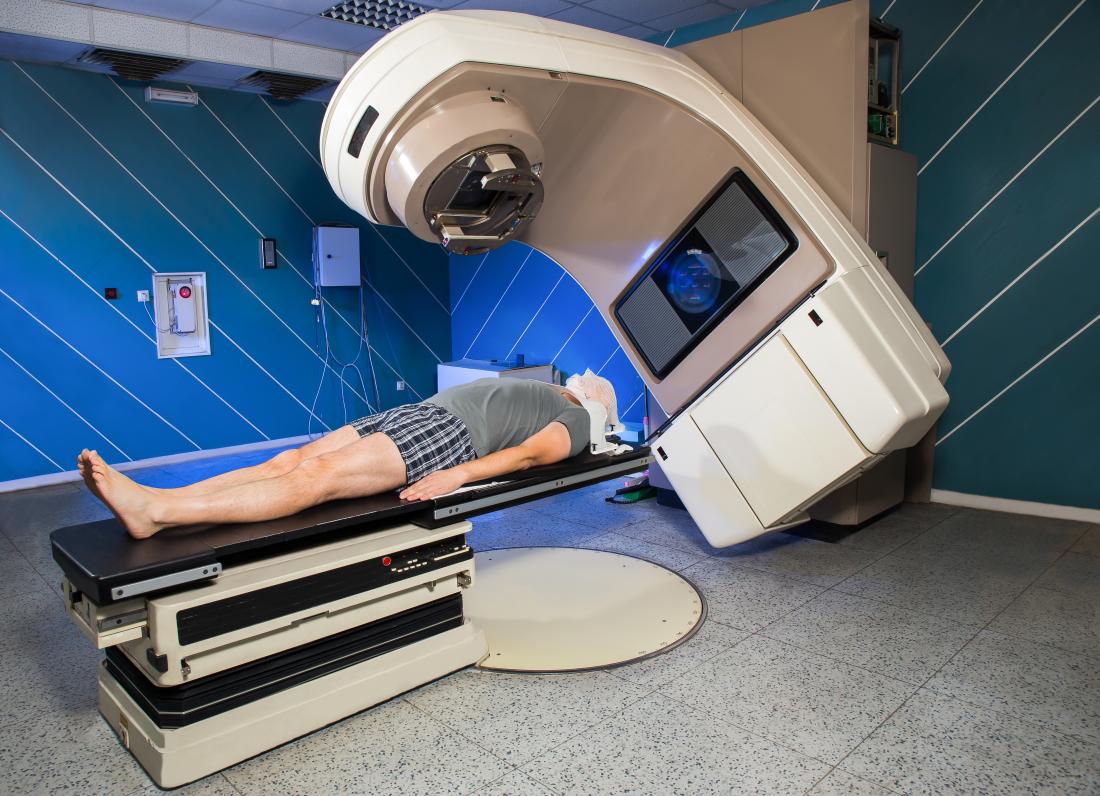
When treating lung cancer with radiation therapy, there is a significant concern that the treatment dose will expose the heart to excess radiation. One way to avoid this unnecessary radiation is by using proton therapy, a more precise form of radiation therapy as compared to traditional radiation therapy (x-rays/photons).
Researchers now say there is a link between lung cancer proton therapy and a reduced risk of certain heart diseases, including mini-strokes and heart attacks.
ABOUT THE STUDY
The findings of a new study from Penn Medicine were presented at the American Society for Radiation Oncology’s (ASTRO) annual meeting in October by Timothy Kegelman, MD, PhD, chief resident in the department of Radiation Oncology in the Perelman School of Medicine at the University of Pennsylvania.
Kegelman and his team of researchers followed more than 200 patients who underwent either proton therapy or traditional radiation therapy for locally advanced non-small cell lung cancer. The retrospective trial specifically looked at the percentage of patients who experienced cardiac side effects, including transient ischemic attacks (mini-strokes), myocardial infarctions (heart attacks), atrial fibrillation, coronary artery disease, heart failure, and stroke.
PROMISING RESULTS FOR LUNG CANCER PROTON THERAPY
With a median follow up period of just under two a half years, the study found a significant difference in the incidence of mini-strokes. Just 1.1 percent of patients treated with proton therapy experienced a mini-stroke, compared to 8.2 percent of patients treated with traditional radiation therapy.
“This shows us another potential benefit of proton therapy for lung cancer patients,” Kegelman said. “We know proton has the ability to minimize radiation doses to surrounding organs like the heart. And these latest findings suggest that sparing correlates with fewer cardiac problems compared to conventional therapy.”
The authors of the study also pointed out a reduction in the incidence of heart attacks for proton therapy patients; although they were careful to note it’s not a statistically significant difference. Nine percent of traditional radiation therapy patients experienced heart attacks during the follow up period, compared to just 2.3 percent for the proton therapy group.
Researchers say there was no difference in the number of cases of atrial fibrillation, coronary artery disease, heart failure, or stroke.
FUTURE RESEARCH WILL SHED MORE LIGHT
The Penn Medicine study is the first of its kind to suggest proton therapy is more beneficial than intensity modulated radiotherapy (IMRT), a widely-used form of traditional x-ray radiation therapy, when it comes to reducing the effects of radiation to the heart.
It provides a promising starting point on which researchers can build. Kegelman and his team continue to compare the effects of protons and photons on cardiac events by looking more closely at the severity of heart-related side effects, as well as the radiation dose to specific parts of the heart.
“While these findings are promising and add to growing evidence, more research will help us better determine and understand how treating with protons may reduce cardiac event risk,” noted Kegelman.
Much of that research is expected to come within the next two years, when an ongoing prospective trial is completed. A large, international phase III clinical trial comparing proton therapy to photon therapy for lung cancer patients has been underway since 2014. The authors of the Penn Medicine study expect this trial, which is scheduled to end in 2022, to show that protons reduce heart-related disease and death, which will translate into a higher cure rate.
Ultimately, the findings of this new study, along with future research including the phase III trial, will allow radiation oncologists to better understand how to maximize radiation doses to lung cancer cells, while minimizing the risk of exposing the heart to unnecessary radiation.

